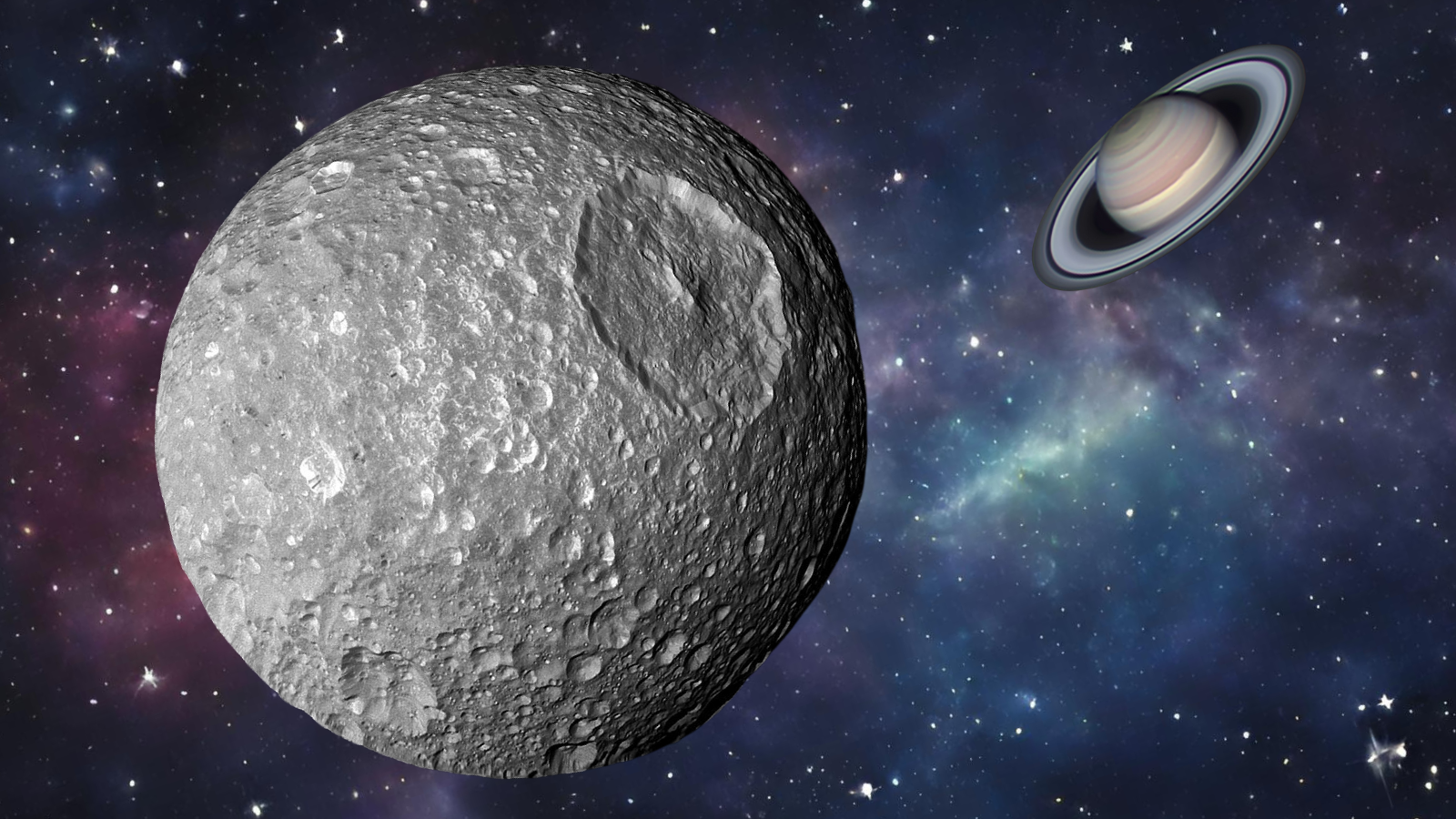Saturn
Latest about Saturn

There's liquid on Titan, Saturn's largest moon. But something's missing and scientists are confused
By Julian Dossett published
Scientists have long known that Saturn's largest moon, Titan, hosts rivers and seas of liquid methane. But it's strangely lacking in river deltas, a new study suggests.
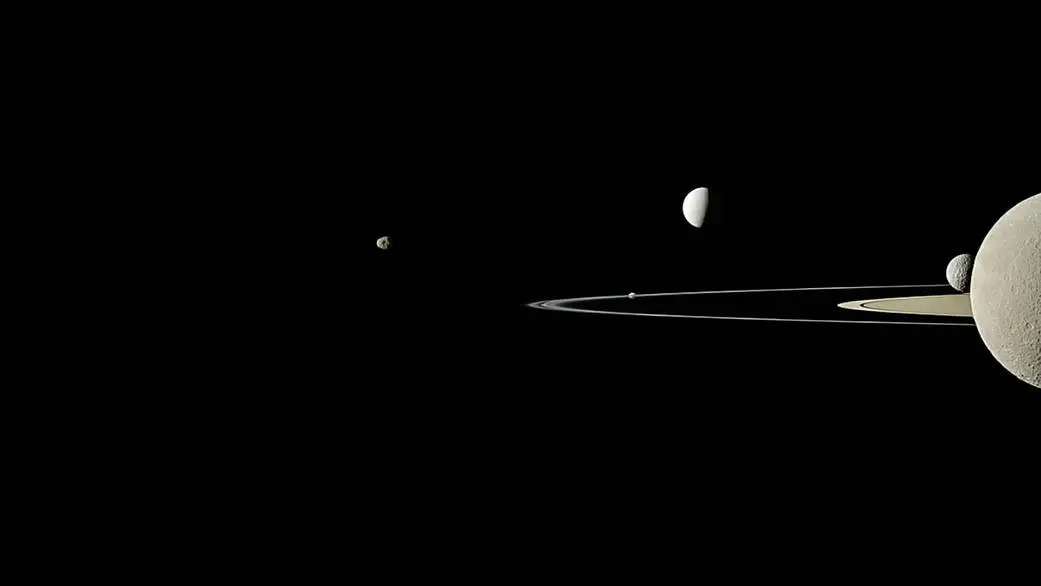
Saturn officially has 128 more moons
By Stefanie Waldek published
The grand total of Saturnian moons is now 274.
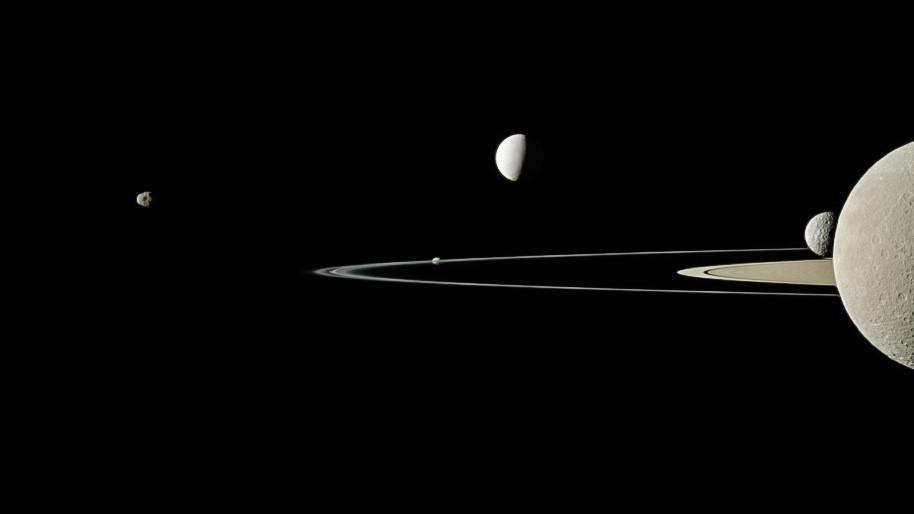
Saturn's moons: Facts about the weird and wonderful satellites of the ringed planet
By Daisy Dobrijevic last updated
Reference Saturn has the most moons of any other planet in the solar system. Here we explore some of the 274 moons that orbit the ringed planet.
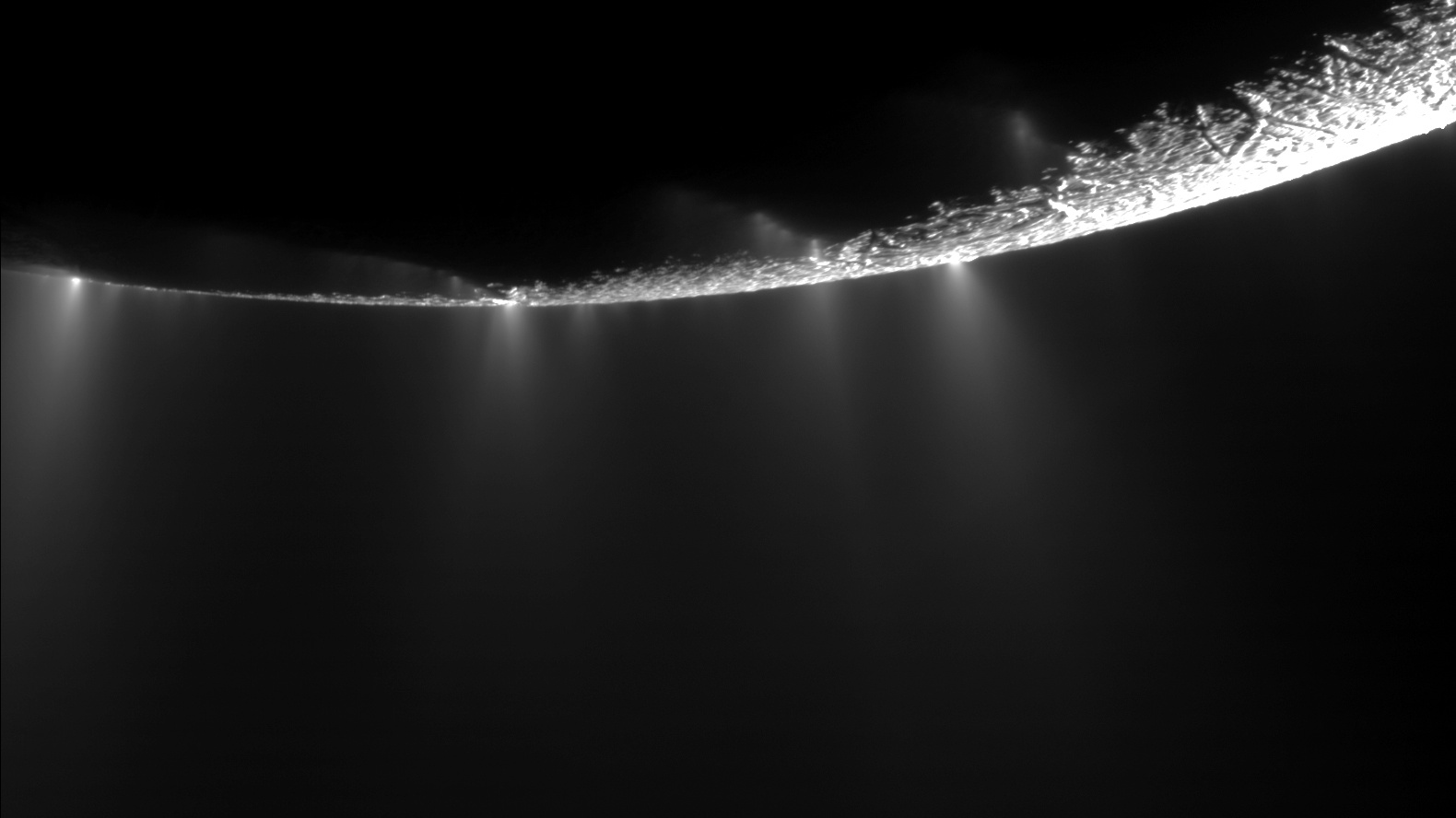
Geysers on Saturn's moon Enceladus may not come from its underground ocean
By Victoria Corless published
Scientists think geysers on Saturn's moon Enceladus might come from a "mushy" zone of ice along the world.
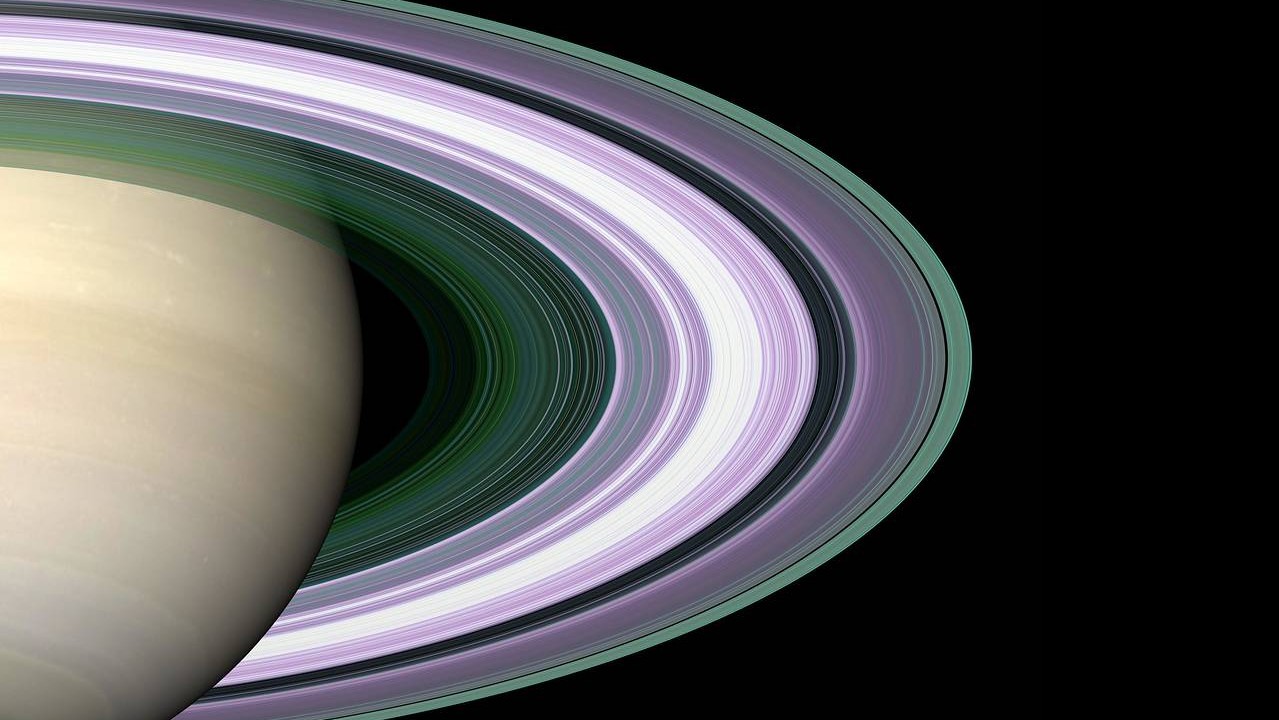
Saturn's rings could be much older than scientists first thought
By Charles Q. Choi published
Saturn's rings might not be younger than the dinosaurs as recently suggested, but nearly as old as the giant planet itself at billions of years in age, a new study says.
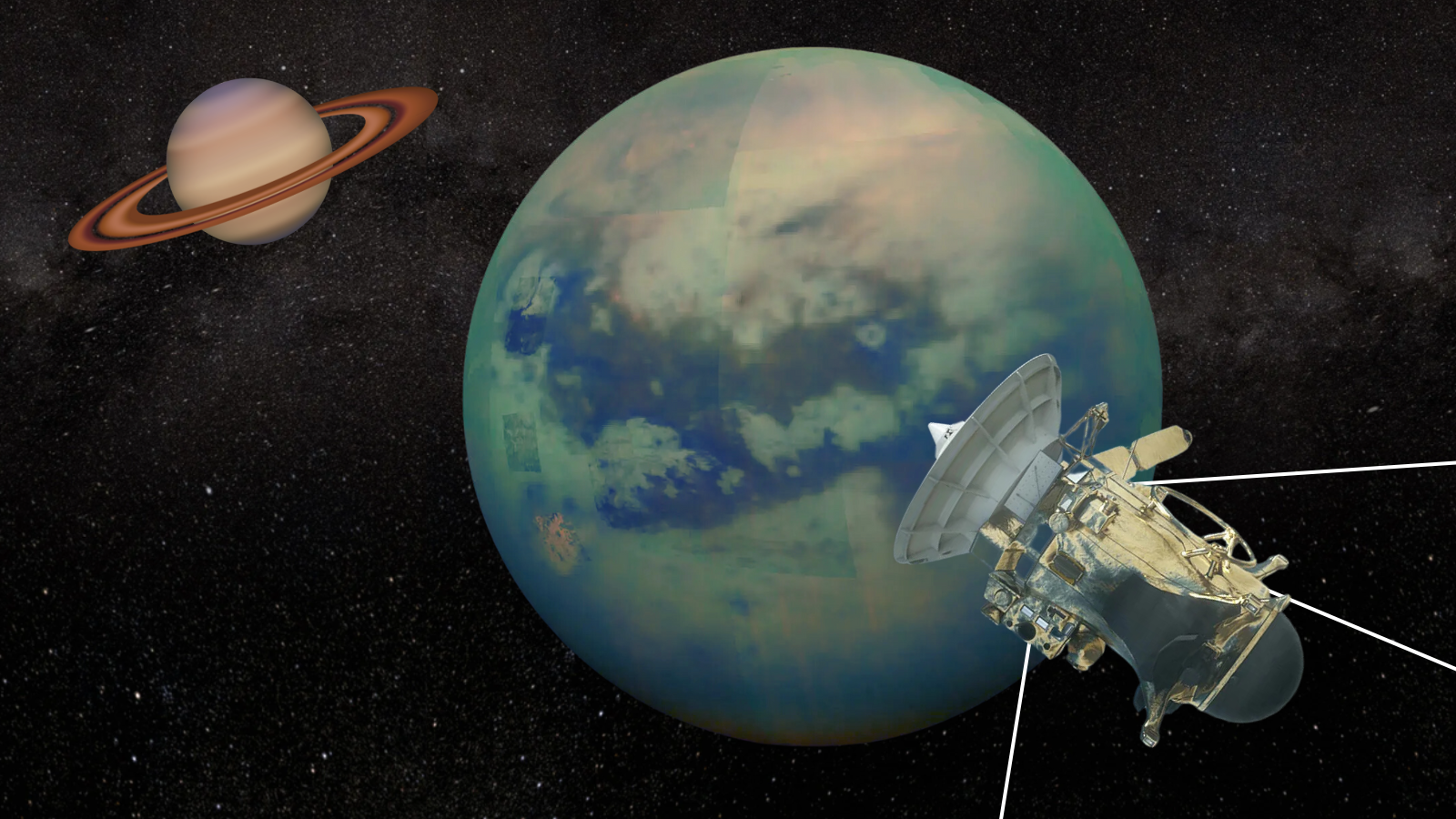
Before plunging to its death, NASA's Cassini spacecraft saw secrets in the seas of Saturn's moon Titan
By Robert Lea published
Seven years ago, the Cassini mission ended when the spacecraft dramatically crashed into Saturn, but the data it collected is still delivering results, revealing the secrets of Titan's oceans.
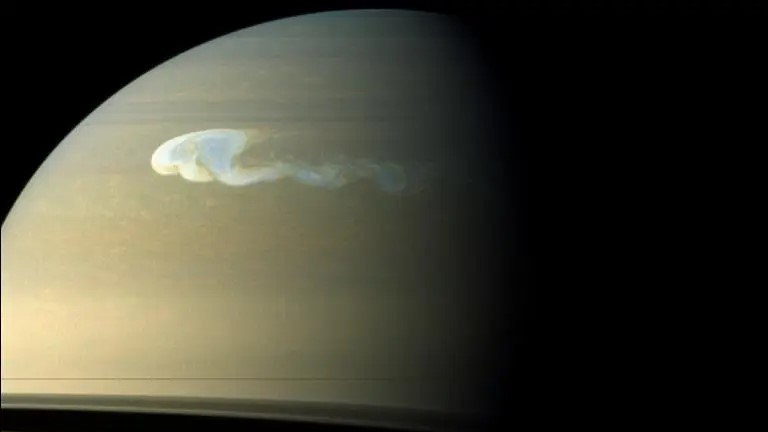
Saturn's planet-wide storms driven by seasonal heating, Cassini probe reveals
By Sharmila Kuthunur published
Saturn pumps into space varying amounts of heat based on its seasons, which drives planet-wide storms, data from NASA's Cassini mission has revealed.
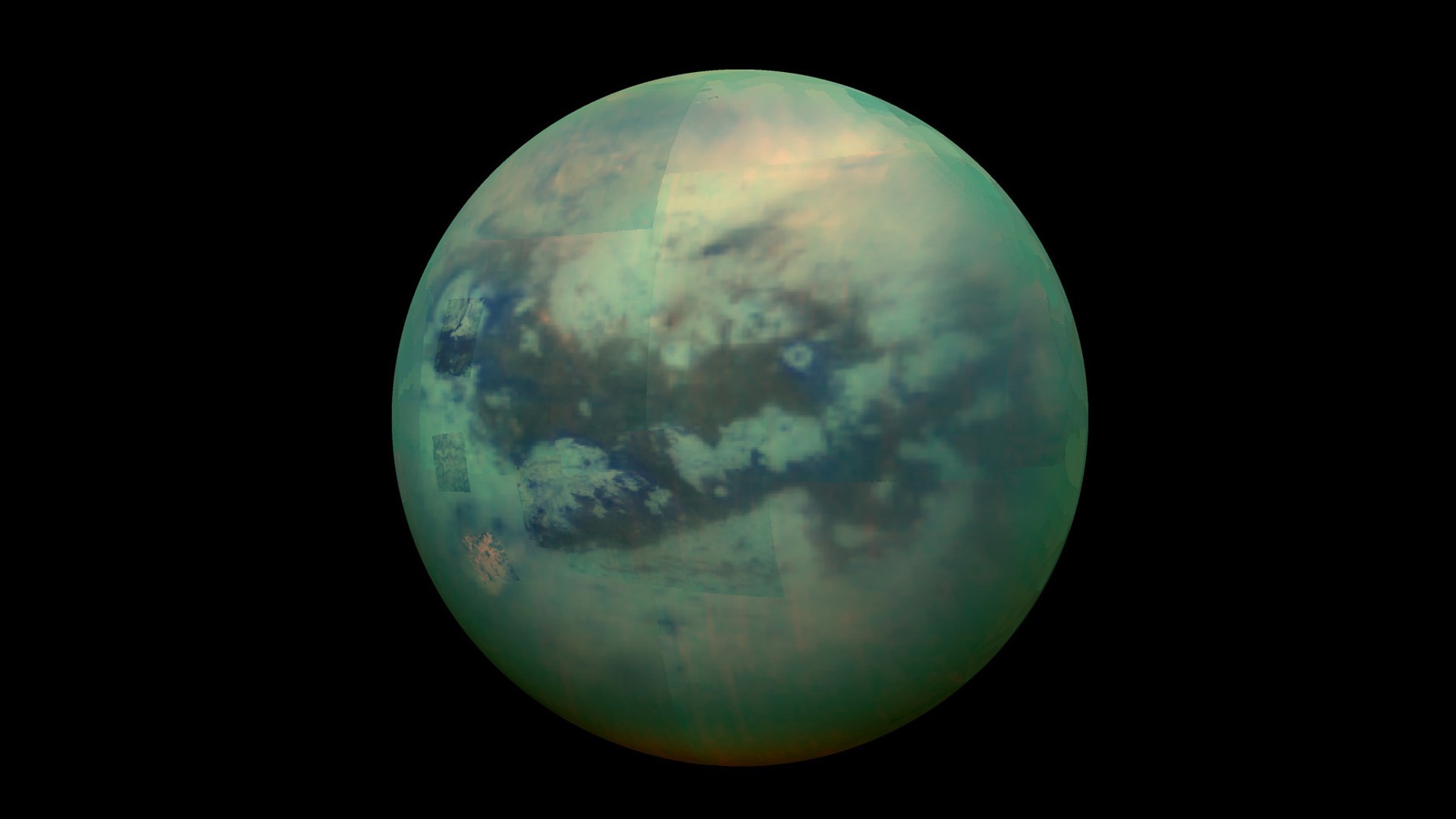
Surf's up! Liquid methane waves on Saturn moon Titan may erode shores of alien lakes and rivers
By Rahul Rao published
Saturn's largest moon Titan has been known to have rivers and lakes of methane, but a new study has found that their shorelines may be eroded and shaped by wave activity.
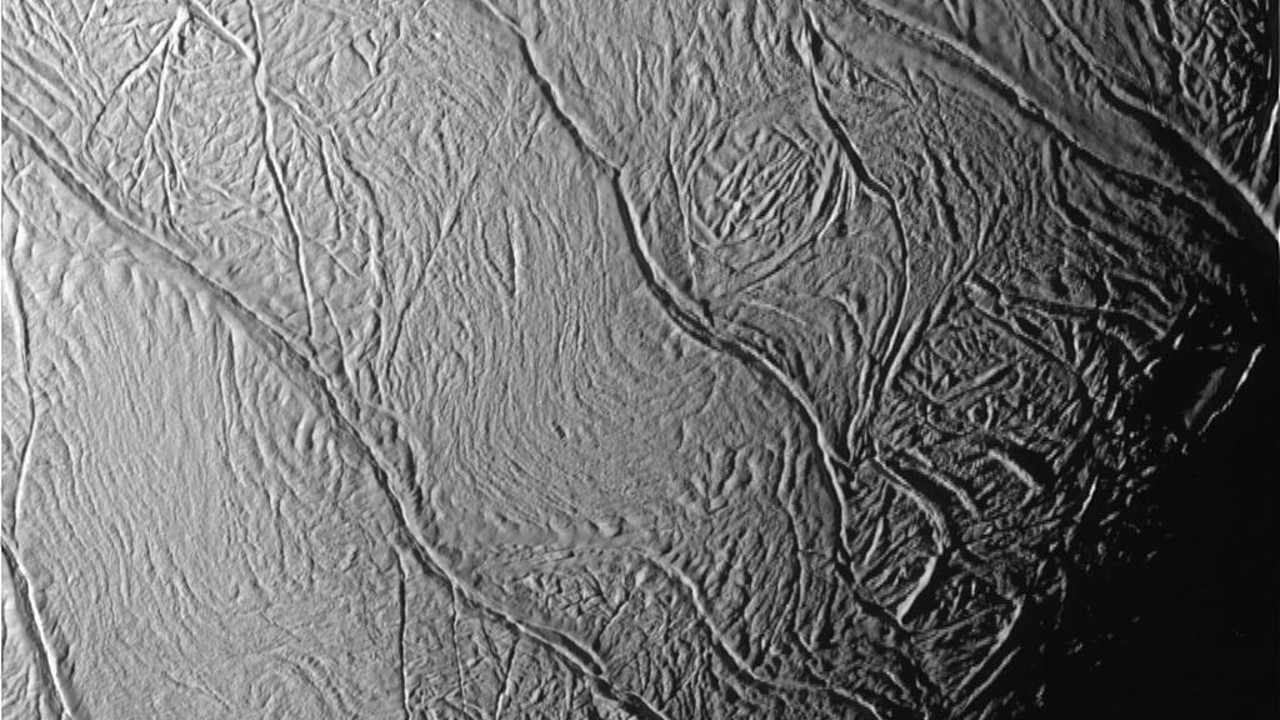
'Tiger stripes' on Saturn's moon Enceladus could reveal if its oceans are habitable
By Robert Lea published
A new model of Enceladus "tiger stripe" fractures and their connection with the moon of Saturn's ice geysers and subsurface oceans could have implications for its ability to support life.
Get the Space.com Newsletter
Breaking space news, the latest updates on rocket launches, skywatching events and more!
